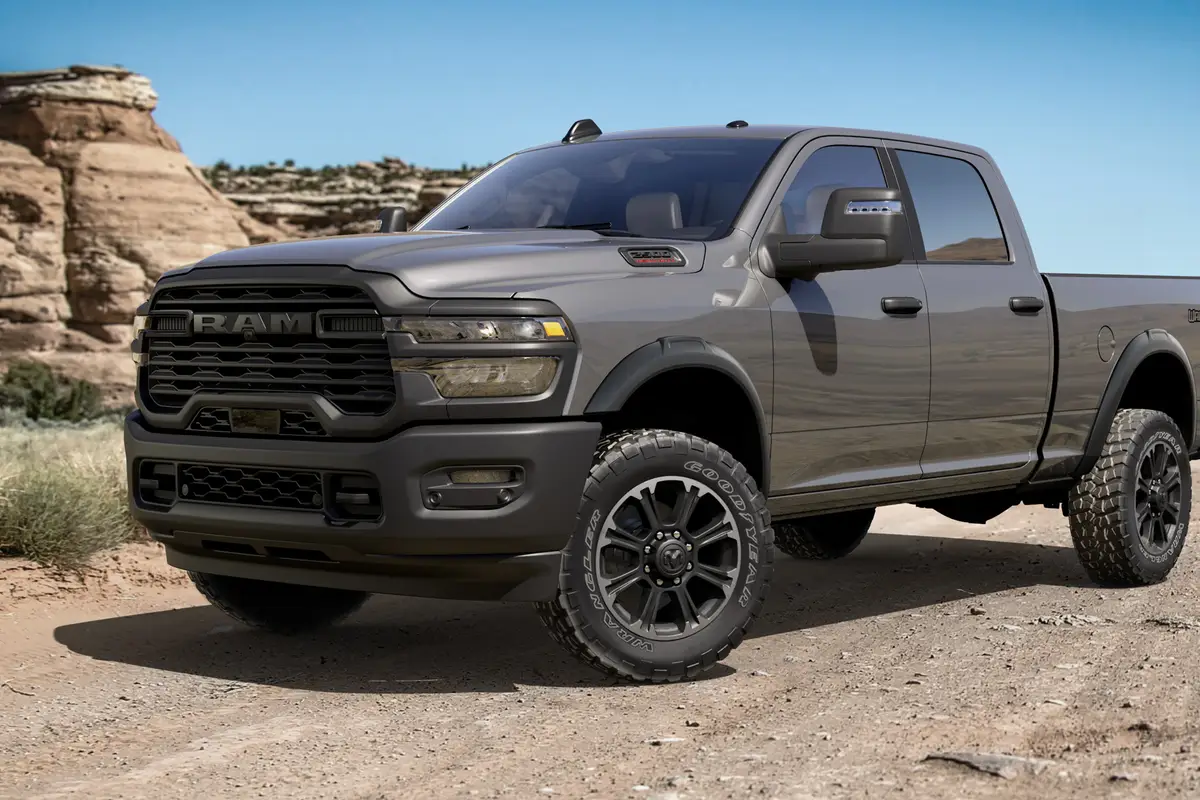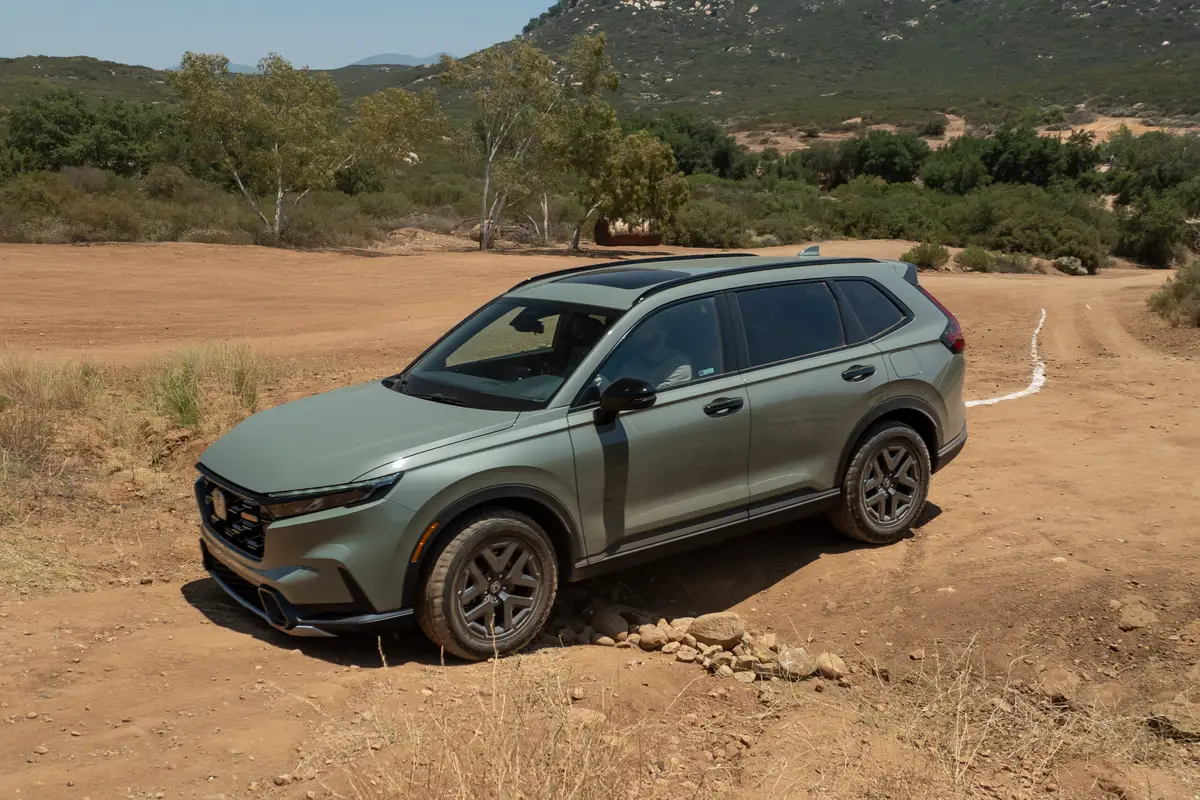chicagotribune.com's view
When Suzuki brought out a mini-sport-utility vehicle in the mid-’80s calledSamurai, people took glee in the fact a cute, though miniaturized, vehicle wason the scene.
It wasn’t long, however, before the media pointed out that Samurai wassoooo small that the only other vehicle you could run into without losinglife, limb or at least your front teeth was a 10-speed Schwinn. The lifeexpectancy in a Samurai, the jesters said, was about 35 months shy of makingyour final payment.
Then Suzuki added Sidekick, a Samurai on steroids. Bigger, roomier, morepowerful and even cuter than Samurai, which was discontinued. Sidekick livedon, aided when Chevrolet had the Japanese automaker clone a version for Chevyto sell as the Geo Tracker. Couldn’t be all that bad if Chevy opted for one.
Chevy’s presence helped a little, but consumer interest was turning tosports sedans, pickup trucks and especially larger compact versions of thosetoy Sidekicks and Trackers such as the larger Ford Explorer, Chevy Blazer orJeep Grand Cherokee.
But while very fashionable, some negatives surfaced about those biggerSUVs, such as their tendency to ride and handle like a truck, consume gasolinerather quickly and force your eyes to pop from the sockets when viewing thewindow stickers.
Just as some folks felt that perhaps a smaller, higher-mileage, far lessexpensive SUV might not be so bad, especially now that those tiny machinessported dual air bags, anti-lock brakes and four-wheel-drive, along came theToyota RAV4 and Honda CR-V. Neither Toyota nor Honda can build its machinesfast enough.
But Suzuki was in that segment long before RAV4 or CR-V, so we revisitedSuzuki to see how it’s coping with competition.
Two words: Not well.
We tested two Suzukis, the four-door Sidekick in 4WD Sport JLX trim, andthe two-door X-90 that also offers 4WD but seats only two.
Sidekick first.
Best way to sum up the Sidekick is to note that it’s 9 years old. Sidekickis boxy and slab-sided. Travel the open road when it’s windy and learn whatadventure means.
The top-of-the-line JLX comes with 16-inch tires to improve ride andhandling and bring added stability. But even with 4WD that helps on slipperypavement, when the crosswinds appear, you’ll find Sidekick’s nose pointingnorth but its rear end doing the Macarena in a westerly direction.
And the 1.8-liter, 120-h.p., 4-cylinder is sadly underpowered. The 4-speedautomatic didn’t help Sidekick with spriteliness.
Having recently driven the RAV4 and CR-V, we found both larger, roomier,more comfortable, far more stable and vastly less tinny when it comes toslamming a door, hatch lid or hood.
The Sidekick JLX comes with dual air bags and ABS as standard and headroomanyone taller than 6 feet can only dream about.
But Sidekick is in sore need of a remake, which is coming, but not untilthe 1999 model year, at which time the companion Chevy Tracker gets a redesignas well.
Sidekick needs a little more width so the cabin is less cramped as well aswider tracking for improved road holding and more sure-footed handling. Itcould use a slightly longer wheelbase and more overall length to distanceoccupants farther from the axles and the point of impact with the pavement forsmoother ride.
It could use a little more weight or at least a lot more insulation so itdoesn’t sound so tinny.
And it needs an engine with more punch. It doesn’t need to be a screamer,but if you want to haul four people, two will have to get out and push whenyou come to a steep hill or incline.
Base price: $20,199 with automatic, $1,000 less if you settle for 5-speedmanual. For 1997, Suzuki added a slightly less equipped model called the JSSport starting at $16,699. JS has become the Sidekick in highest demand–andshortest supply.
Latest news



